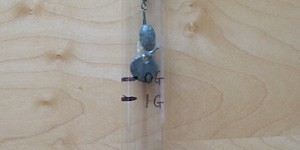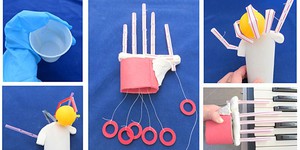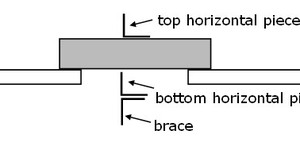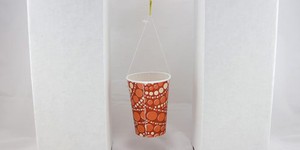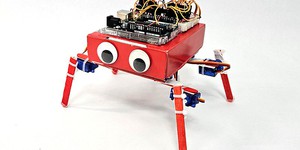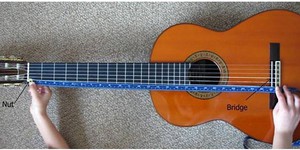Others Like “Deep Knee Bends: Measuring Knee Stress with a Mechanical Model” (top 20 results)
|
Hooke's law says that the opposing force of a spring is directly proportional to the amount by which the spring is stretched. How accurately Hooke's law describe the behavior of real springs? Can springs be used to make accurate scales for weighing objects? Spring into action and find out for yourself with this project.
Read more
Many things in nature are periodic: the seasons of the year, the phases of the moon, the vibration of a violin string, and the beating of the human heart. In each of these cases, the events occur in repeated cycles, or periods. In this project, you will investigate the periodic motion of a spring, using a mini Slinky®. You can also measure the motion of your spring using a smartphone equipped with a sensor app. Basic physics will then allow you to determine the Hooke's Law spring constant.…
Read more
Think it's a good idea to stream music, watch videos, or check social media while doing homework?
Are you a thrill-seeker? Well, this is the science fair project for you! What makes a ride so thrilling that people want to ride it over and over again even though it scares them? Is it the speed, the twists and turns, the vertical drops? In this science fair project, you will build and use an accelerometer to figure out what makes a roller-coaster ride worth standing in line for. Oh, and if Mom…
Read more
Have you ever heard that two phone books with the pages interleaved are impossible to pull apart? This might seem crazy, right? It is not that hard to slide a sheet of paper off the top of a stack of paper. How much friction can there really be between sheets of paper? In this experiment, you will use pads of sticky notes instead of phone books. How much weight can they support when you interleave the pages? Do you think you will be able to pull them apart by hand? The results might surprise…
Read more
Imagine how cool it would be to build a robot hand that could grasp a ball or pick up a toy. In this
robotics engineering project, you will learn how to use drinking straws, sewing thread, and a little
glue to make a remarkably lifelike and useful robot hand. What will you design your robot hand to do?
Pick up a can? Move around a ping pong ball? It is up to you! With these starting instructions, you can
design any type of hand. You will simulate human finger anatomy as the basis for a…
Read more
Sorry, you don't get to use a jackhammer for this project, but you'll find out another way to break concrete (not to mention what makes it strongest).
Read more
In this project you'll learn how to make a piezoelectric pickup for acoustic guitar using inexpensive components. You can then connect your acoustic guitar to an amplifier, and record your own music. If you are interested in electronics and like playing acoustic guitar, this could be the perfect project for you.
Read more
Ever try to tear a telephone book in half? Even though you can easily rip one or a few pages to shreds, the entire phone book has strength in numbers and holds together. This project is an introduction to measuring and comparing the strength of materials. Does spaghetti get extra strength if you bundle it together, or does strength simply increase proportionally with the number of strands? If you are interested in materials testing, get cracking!
Read more
Plenty of animals, like dogs and horses, can walk and run on four legs, but what about robots? Sometimes legs are better than wheels—try out this project to design and build your own quadruped walking robot!
Read more
Did you know that your guitar has a secret? Yes, that's right—hidden along each string are special places where you can play harmonics and make your guitar sound like a bell! In this music science fair project, you'll find out where the main harmonics are located on a guitar, and then see how those locations are related to the length of the strings. So get out your guitar—it's time to ring in a science fair project!
Read more
|
Explore Our Science Videos
Measure Photosynthesis with Floating Leaves
Potato Battery Science Project
Paper Rockets - STEM Activity





